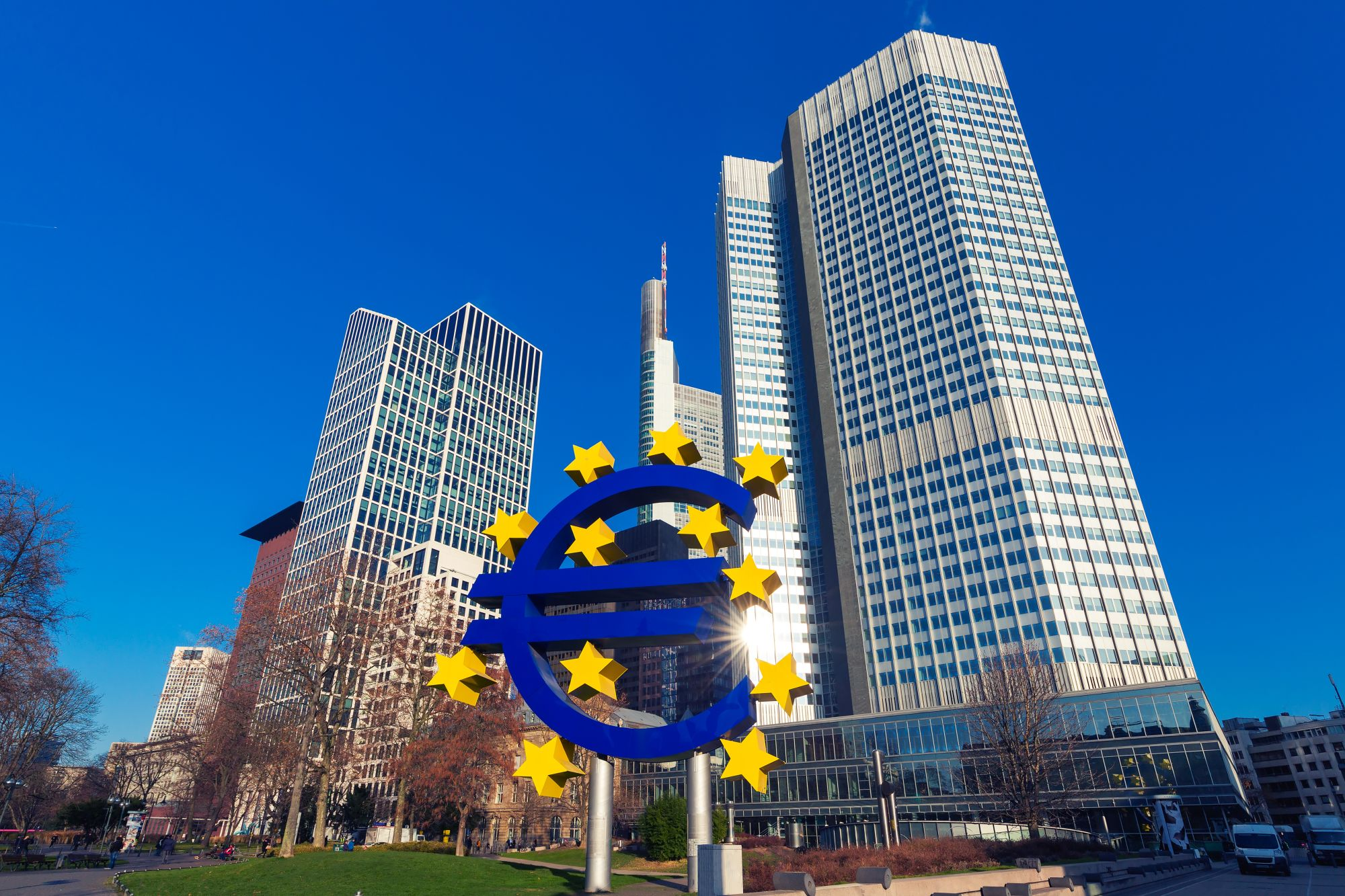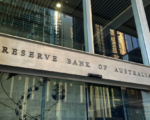The European Central Bank (ECB) is expected to cut interest rates by 25 basis points this Thursday, just days before the U.S. Federal Reserve (Fed) begins its own rate-cutting cycle. This move follows a series of aggressive rate hikes in the euro area, as both central banks respond to shifting economic conditions and inflationary pressures.
According to market expectations, the Fed is likely to follow suit with its own rate cut during its upcoming meeting on September 17-18. While the ECB’s decision has been widely anticipated, the Fed’s move could mark the start of a broader trend of monetary easing in advanced economies.
Holger Schmieding, chief economist at Berenberg Bank, described the ECB’s decision as “largely uncontroversial,” noting that recent remarks from ECB officials, including Bundesbank President Joachim Nagel, have indicated broad support for a rate cut. The ECB’s current interest rate sits at 3.75%, following years of aggressive rate hikes aimed at controlling inflation, but with recent inflation data showing a decline, the central bank is ready to shift gears.
Inflation in the eurozone has softened, with headline figures in August reaching a three-year low of 2.2%. However, core inflation remains slightly elevated at 2.8%, driven by the services sector. The ECB’s rate cut is seen as a response to these mixed signals, as well as to concerns about weakening domestic demand and slowing confidence in key economic sectors.
The ECB is also expected to release updated staff projections this Thursday, but analysts don’t foresee major revisions to inflation or growth figures. However, some economists, such as Anatoli Annenkov from Société Générale, warn that the outlook for growth may be more pessimistic than it was in July, with weakening confidence and sluggish demand raising concerns about the broader economic landscape.
As the ECB prepares to act, attention will shift to what comes next. While the central bank is likely to pause rate cuts in October, there is an outside chance that further reductions could come sooner. ECB Chief Economist Philip Lane has hinted at the possibility of a faster rate-cutting cycle to avoid the risks of keeping rates too high for too long. He also stressed that the ECB needs to ensure inflation stays at its 2% target once it reaches that level, avoiding both over- and undershooting the mark.
With the ECB navigating these complexities, the central bank’s moves are being closely watched as it seeks to balance growth concerns with inflationary pressures across the euro area.


















